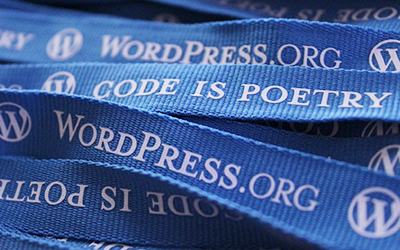Want to keep growing? Don’t underestimate the power of thought leadership and a good business-to-business public relations strategy. Now that social media has made it so easy to share information, press coverage counts more than ever.
The best part is, PR strategies can also help you with lead generation. Whether you want to develop new partnerships or grow your existing ones, you can leverage a PR strategy to meet your defined business goals.
But knowing that a solid B2B PR strategy is key to staying competitive is just half the battle. Next, you’ll want to see how it works with your overall marketing strategy so they can work hand in hand toward your goals.
Where Does B2B PR Fit Into Your Marketing Strategy? Everywhere.
SEO and Keywords
B2B PR strategies, specifically press releases, count towards SEO efforts. The headline, keywords and content within your announcement all contribute. A timely and newsworthy press release can have a positive impact on your SEO.
These releases can get picked up by other networks and shared across your social media platforms, maximizing your reach. LinkedIn is a perfect platform for sharing your company’s news or award win. Don’t be shy—you’re allowed to show off once in a while.

When you write your press release, think about what keywords are relevant to your announcement and your industry without absolutely stuffing them into your announcement. You just need to include a link to your company website with the anchor text as long-tail keyword and make sure that your keyword is in both the headline and body of your press release.
If a reporter or news outlet picks up your press release, you can build organic buzz around your announcement and a few backlinks from the publication.
When writing a press release, it’s best practice to use nofollow links. Nofollow links are tagged to tell search engines not to pass authority (or link juice, as the kids say) to the page. When a journalist picks up the story and writes their own article, that’s where you’ll generate the organic buzz, coverage, brand awareness and penalty-free backlinks.
When writing a press release, it’s best practice to use nofollow links to avoid a penalty from Google. Nofollow links are tagged to tell search engines not to pass authority (or link juice, as the kids say) to the page. When a journalist picks up the story and writes their own article, that’s where you’ll generate the organic buzz, coverage, brand awareness and penalty-free backlinks.
Branding Opportunities
Thought leadership goes hand in hand with traditional B2B PR. In addition to earning exposure for your personal brand, snagging a speaking engagement at an industry-specific event will help grow your company’s brand as well.
Scope out opportunities that look like the right fit. A lot of these events can come with the chance for press coverage in local publications, exposing more people to your brand. In addition, you’ll be able to reach a wider audience in person by sharing your knowledge as an expert.
Potential Partnerships
Once you’ve secured your speaking engagement, you can zero in on the kind of opportunity you want to pursue. Finding new leads and potential partnerships one of the biggest perks of attending industry events and conferences.
Walking the convention floor or even sponsoring something will get your name out there. Sharing what you know in a round-table panel or in a stand-up presentation will position you as a thought leader and someone worth doing business with. You’ll be moving onwards and upwards.
![]()
Even if you can’t speak at an event, you can make connections with other industry leaders and find out what future events they’re interested in attending. In a way, you’re crowdsourcing the best events and conferences to attend.
Lead Generation
Contributed content is another supporting pillar of any good B2B PR strategy. If you get your article into the right publication, you can generate more high-quality leads.
If you have a particular publication in mind that you absolutely want to be featured in, you need to pitch your content. You can start off by creating a list of industry publications you’d like to submit an article to, then follow it up with research.
Making relevant content that resonates with the audience without sounding like a pitch is key. If you can make content people want to read, it’ll be a lot easier to get published and generate those new leads.
B2B PR Can’t Be Ignored!
Your B2B PR strategy can be a core part of your overall marketing efforts. PR can be a fantastic opportunity to build organic brand awareness and extend your reach. Or you can strictly use it for lead generation.
If your goal is to fast-track your growth through brand awareness, cultivating an image of leadership in your industry or region will put you on the path to success. A long-term B2B PR strategy will build the connections you need to drive more continuous growth and stay competitive in your industry.






